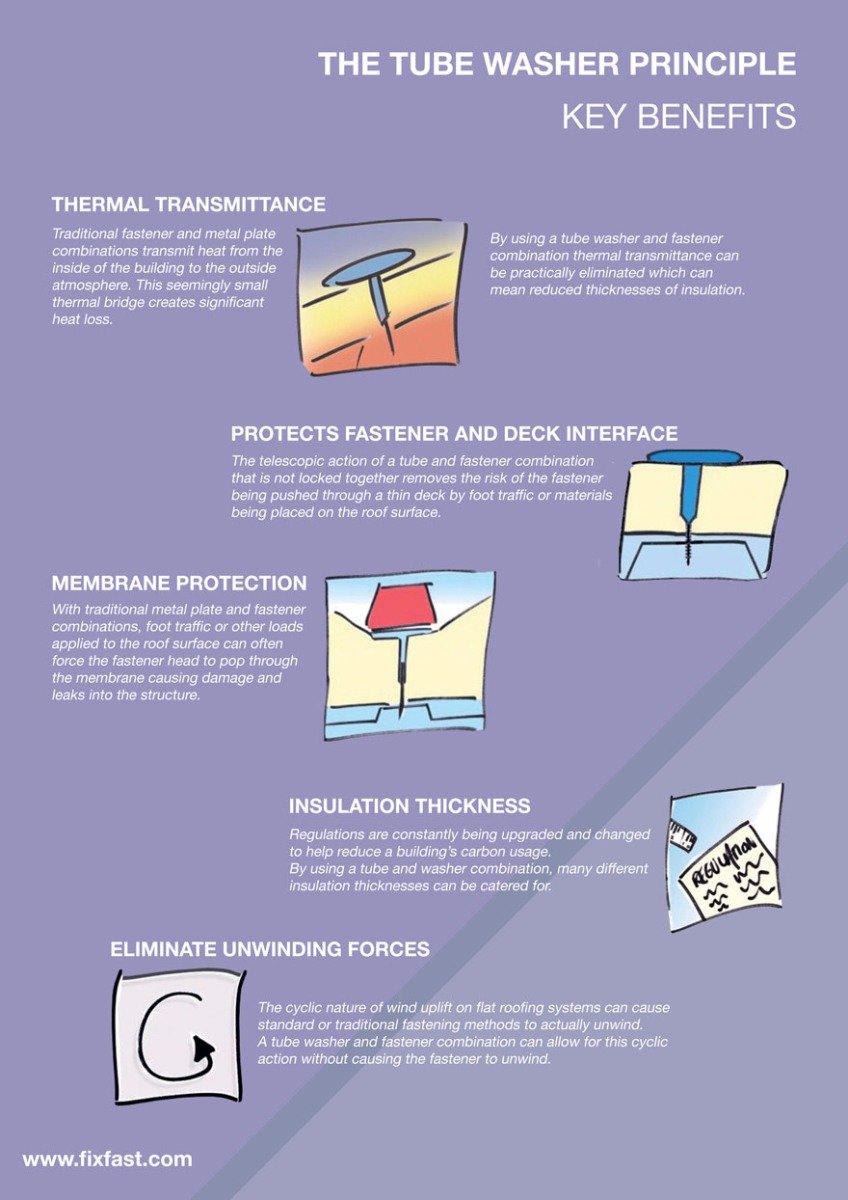Failing To Deal With Roofing System Ventilation May Trigger Substantial Damage; Check Out The Vital Elements That Add To An Effective Installation And Secure Your Financial Dedication.
Failing To Deal With Roofing System Ventilation May Trigger Substantial Damage; Check Out The Vital Elements That Add To An Effective Installation And Secure Your Financial Dedication.
Blog Article
Material By-Morrow Curtis
When you're dealing with a roof covering project, you might not believe much concerning roof ventilation, yet it's even more essential than you realize. Efficient air flow aids manage temperature level and wetness in your attic room, avoiding troubles like mold and architectural damages. By recognizing how to create and install a well balanced ventilation system, you can improve power effectiveness and prolong the life expectancy of your roof products. So, what are the crucial aspects to consider during setup that can make all the difference?
Importance of Roof Air Flow
Roof covering air flow plays a critical role in preserving the overall wellness of your home. By permitting fresh air to distribute through your attic, it helps regulate temperature and wetness degrees. This equilibrium is necessary to avoid warmth buildup throughout hot months, which can lead to increased power prices as your a/c burns the midnight oil.
Moreover, correct air flow substantially reduces the risk of moisture-related problems like mold and mildew. If humidity levels climb, your home's structural honesty can be compromised, leading to costly repair services. You would not wish to take care of rotting timber or deformed roof covering materials, right?
Furthermore, adequate air flow expands the life expectancy of your roof. When warm and moisture are kept in check, your roof can execute optimally, stopping early damage. This indicates fewer frustrations and expenditures down the line.
How Roof Covering Air Flow Functions
Reliable roofing system air flow depends on the all-natural activity of air to produce an equilibrium in between intake and exhaust. When you set up vents, you're basically permitting fresh air to enter your attic while allowing warm, stale air to leave. sky construction helps manage temperature and dampness levels, protecting against issues like mold development and roof covering damage.
Intake vents, typically located at the eaves, reel in great air from outdoors. Meanwhile, exhaust vents, situated near the ridge of the roof, allow hot air surge and leave. The distinction in temperature produces a natural air movement, called the stack impact. As warm air surges, it creates a vacuum that draws in cooler air from the reduced vents.
To enhance this system, you require to guarantee that the consumption and exhaust vents are properly sized and placed. If the intake is restricted, you will not accomplish the preferred ventilation.
Likewise, insufficient exhaust can catch heat and wetness, bring about potential damages.
Trick Installation Factors To Consider
When setting up roofing system ventilation, numerous essential considerations can make or break your system's efficiency. Initially, you require to evaluate your roofing system's layout. The pitch, form, and products all affect air flow and air flow choice. See to it to pick vents that match your roofing kind and local climate problems.
Next off, think about the placement of your vents. Preferably, you'll want a balanced system with intake and exhaust vents placed for ideal airflow. Location intake vents short on the roofing system and exhaust vents near the height to motivate an all-natural circulation of air. This arrangement helps avoid moisture accumulation and promotes power efficiency.
Don't forget about insulation. Proper insulation in your attic room protects against warmth from running away and maintains your home comfortable. Make https://kevsbest.com/roofing-contractors-in-fort-worth/ that insulation does not obstruct your vents, as this can impede air movement.
Lastly, consider upkeep. Pick air flow systems that are simple to gain access to for cleaning and examination. Regular upkeep ensures your system continues to work properly in time.
Conclusion
Finally, roofing air flow is vital for an effective installation. By guaranteeing appropriate air flow, you can prevent heat accumulation and dampness issues that lead to pricey damage. When you tactically position intake and exhaust vents, you enhance energy effectiveness and prolong the life expectancy of your roof covering. Bear in mind, a well-ventilated roofing system not only safeguards your financial investment however also boosts your indoor air high quality. So, prioritize air flow to guarantee a resistant and economical roof for your home.
